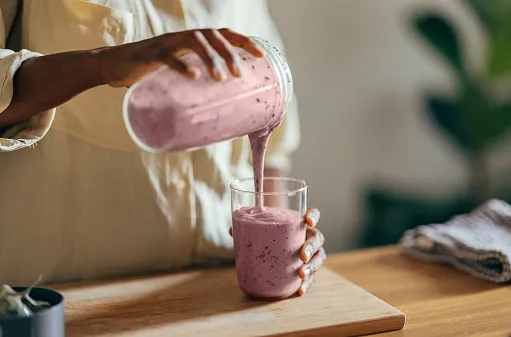
Every individual has different types and amounts of bacteria in their gut. Some types may increase the amount of energy the person extracts from food, leading to fat deposition and weight gain. These strategies include exercising, keeping track of calorie intake, intermittent fasting, and reducing the number of carbohydrates in the diet. After assessing your personal challenges to weight loss, try working out a strategy to gradually change habits and attitudes that have sabotaged your past efforts. Then move beyond simply recognizing your challenges ‘ plan for how you’ll deal with them if you’re going to succeed in losing weight once and for all.
However, you can boost your weight loss program by walking to the grocery store instead of driving or playing more active games with your kids, or cleaning the house more vigorously. The ‘golden plan’ to lose such a weight should include at least 30 minutes of either of these exercise types 5-6 times a week. This should be supplemented with a diet that contains the minimal healthy number of calories (remember the calculator above). Eating a nutrient-dense diet is an important part of any weight-loss regimen. If you are considering exercising for weight loss, you may be wondering how much you need to do each day or each week in order to lose weight. Here is what you need to know about exercising for weight loss including tips on how to create an exercise routine.
Many people struggle with finding the time and motivation to exercise regularly. However, it is still possible to lose weight without hitting the gym. Here are some tips on how to shed those extra kilos without breaking a sweat:
An increased metabolism means increased calorie burn, which can lead to weight loss. Instead, choose complex carbohydrates, such as brown rice, brown pastas and whole-wheat breads. Complex carbohydrates are high in dietary fiber, which will help you feel full quicker. In addition, complex carbohydrates allow a slow rise in blood sugar, which prevents weight gain. Many diets, supplements, and meal replacement plans claim to ensure rapid weight loss, but lack any scientific evidence.
Buckwheat and quinoa will also be a great addition to any weight loss diet that aims for fast results. If you don’t want to deal with bland diets, the Indian diet plan can be a great option for losing 10kg (20lbs) in one moneht. Indian dishes are flavorful, which makes them more filling and much easier to enjoy while on a rather calorie-limited diet. Although, that is its most effective variation, so be sure to use dumbbells if you can. If you want to lose 10kg in 30 days, you should have at least three resistance workouts per week. At first, you can work with your own weight only and use elastic bands for added resistance.
Increased protein also aids in muscle preservation during weight loss, preventing muscle mass loss. This, in turn, supports a higher metabolism and will help to achieve ur goal on how to lose 10 kg in 1 month without exercise. Prioritize protein in each meal to enhance satiety and reduce cravings.
Therefore, consulting a dietician or a doctor before embarking on any weight loss program is highly recommended. A personalized and balanced approach to nutrition that includes a variety of healthy foods and regular physical activity is the key to achieving and maintaining a healthy weight in the long term. Losing 10 kg in one month is an ambitious and potentially unhealthy goal. Sustainable weight loss is generally achieved at a slower pace, allowing the body to adjust gradually. Rapid weight loss often involves extreme measures and may lead to muscle loss and nutrient deficiencies. You should know that the majority of ‘ready to use’ plans have a few things in common.
1. Control Your Diet
One of the most important factors in weight loss is maintaining a healthy diet. Cut out sugary drinks, processed foods, and snacks high in salt and fat. Instead, opt for whole foods such as fruits, vegetables, lean proteins, and whole grains. Focus on portion control and try to eat smaller meals throughout the day.
2. Stay Hydrated
Drinking plenty of water throughout the day can help boost your metabolism and keep you feeling full. Aim to drink at least 8-10 glasses of water daily. You can also try drinking herbal teas or infused water to add flavor without added calories.
3. Get Enough Sleep
Lack of sleep can disrupt your metabolism and make it harder to lose weight. Aim for 7-9 hours of quality sleep each night. Set a regular bedtime routine and create a relaxing environment in your bedroom to improve your sleep quality.
4. Reduce Stress
Stress can lead to emotional eating and weight gain. Find ways to manage stress such as practicing yoga, meditation, deep breathing exercises, or spending time in nature. Incorporating relaxation techniques into your daily routine can help you stay on track with your weight loss goals.
5. Monitor Your Progress
Keep track of your food intake, weight, and measurements to monitor your progress. This will help you stay accountable and make adjustments to your diet if needed. Consider using a food diary or a weight loss app to track your daily habits and make informed decisions about your health.
By following these tips and making small changes to your lifestyle, you can achieve your weight loss goals without having to spend hours at the gym. Remember that consistency is key, and be patient with yourself as you work towards a healthier and happier you!




